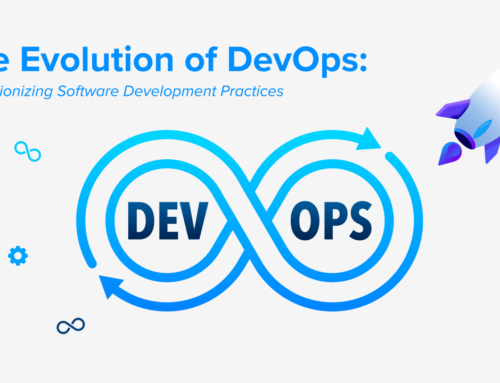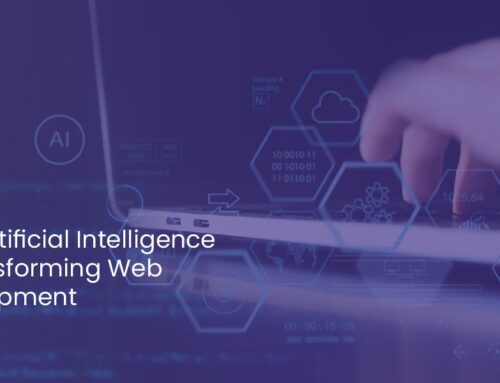As we venture into 2024, the landscape of web development continues to evolve at an unprecedented pace. New technologies and methodologies are emerging, shaping the way we design, build, and interact with websites and web applications. For businesses and developers alike, staying ahead of these trends is crucial to maintaining a competitive edge. Here are the key trends in web development to watch in 2024.
1. Artificial Intelligence and Machine Learning Integration
Enhanced User Experience
Artificial Intelligence (AI) and Machine Learning (ML) are becoming integral parts of web development, offering personalized and intuitive user experiences. AI-powered chatbots and virtual assistants can handle customer queries in real-time, providing immediate support and improving user satisfaction. Machine learning algorithms analyze user behavior to offer tailored content and product recommendations, making websites more engaging and user-centric.
Smart Automation
AI and ML also enable smart automation in web development. Automated testing tools powered by AI can identify and fix bugs more efficiently, reducing development time and costs. Predictive analytics can guide developers in optimizing websites for better performance and user engagement.
2. Progressive Web Apps (PWAs)
Superior Performance
Progressive Web Apps (PWAs) are web applications that offer a native app-like experience. PWAs load faster, work offline, and provide a seamless experience across different devices and browsers. They use modern web capabilities to deliver a high-quality user experience, making them an attractive option for businesses looking to enhance their online presence.
Cost-Effectiveness
Developing a PWA is often more cost-effective than building separate native apps for different platforms. PWAs require only one codebase, which reduces development and maintenance costs while ensuring a consistent experience across all devices.

3. Voice Search Optimization
Growing Popularity of Voice Assistants
With the increasing popularity of voice assistants like Alexa, Siri, and Google Assistant, optimizing websites for voice search is becoming essential. Voice search optimization involves structuring content to be easily discoverable by voice queries, which are typically longer and more conversational than text searches.
SEO and Content Strategy
To optimize for voice search, developers need to focus on long-tail keywords and natural language processing. Content should be structured in a way that answers specific questions directly and succinctly, improving the chances of being featured in voice search results.
4. Serverless Architecture
Enhanced Scalability
Serverless architecture allows developers to build and run applications without managing server infrastructure. Cloud providers like AWS, Azure, and Google Cloud handle server management, allowing developers to focus on writing code. This architecture is highly scalable, automatically adjusting resources based on demand.
Cost Efficiency
Serverless computing can be more cost-efficient than traditional server-based models, as businesses only pay for the actual compute time they use. This can lead to significant savings, especially for applications with variable workloads.
5. Motion UI
Engaging Interfaces
Motion UI involves the use of animations and transitions to create more dynamic and engaging user interfaces. Subtle animations can guide users’ attention, provide feedback on actions, and make interactions feel more intuitive.
Improved User Experience
Motion UI helps in creating a more immersive and enjoyable user experience. By making interactions smoother and more responsive, motion UI can enhance the overall usability of a website, keeping users engaged and satisfied.
6. Enhanced Cybersecurity Measures
Growing Threat Landscape
As cyber threats become more sophisticated, enhancing cybersecurity measures in web development is paramount. Developers need to adopt advanced security practices to protect sensitive data and maintain user trust.
Secure Development Practices
Incorporating security measures from the beginning of the development process is crucial. This includes using secure coding practices, performing regular security audits, and implementing robust authentication mechanisms. Tools for real-time threat detection and response are also becoming standard in modern web development.
Conclusion
The future of web development in 2024 is marked by rapid technological advancements and evolving user expectations. By embracing trends such as AI and ML integration, progressive web apps, voice search optimization, serverless architecture, motion UI, and enhanced cybersecurity, businesses can create cutting-edge, user-friendly, and secure web experiences. Staying ahead of these trends will be key to thriving in the competitive digital landscape.
For more insights and expert guidance on web development, visit our website Tech-Outsource. If you have any questions or need assistance with your tech projects, don’t hesitate to Contact Us. We’re here to help you achieve the best possible results for your digital products.







Leave A Comment